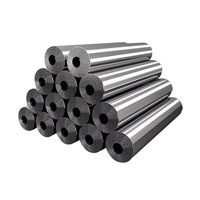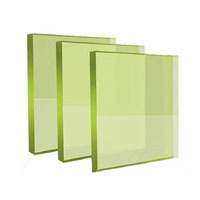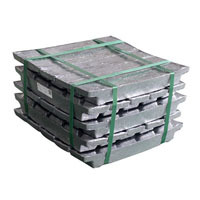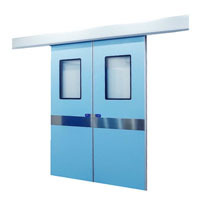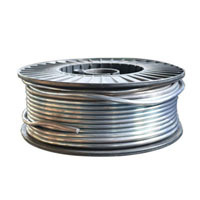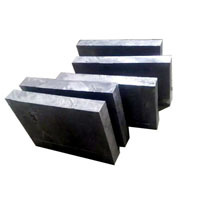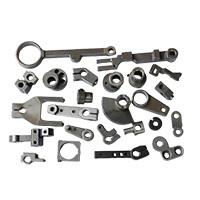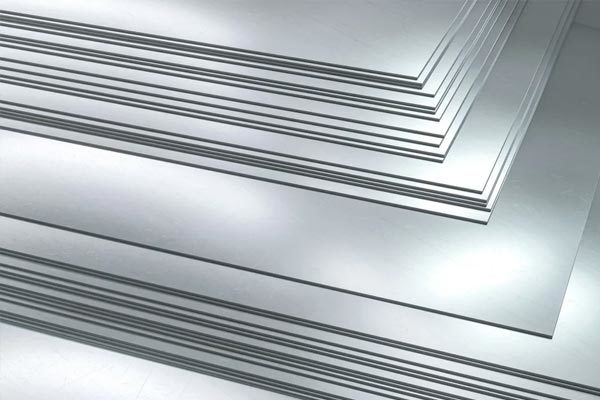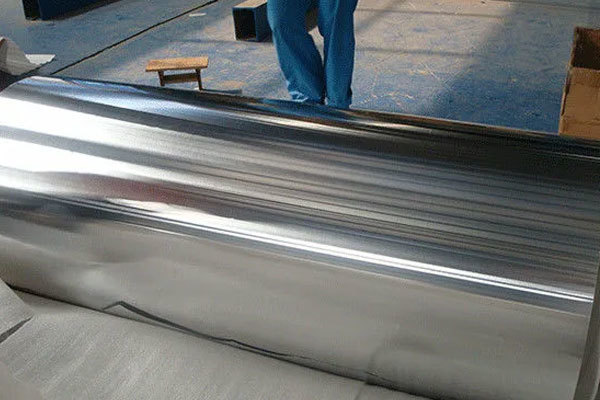Lead Sheet: Properties, Applications, and a Guide to Safe Use
Lead sheet is rolled from metallic lead. Its core advantages lie in its high density and excellent radiation shielding capabilities. These properties have made it an indispensable functional material in fields such as medicine, industry, and scientific research.
Lead sheet is rolled from metallic lead. Its core advantages lie in its high density and excellent radiation shielding capabilities. These properties have made it an indispensable functional material in fields such as medicine, industry, and scientific research.
1. Core Characteristics of Lead Sheet
The application value of lead sheet stems from its unique physical and chemical properties, which are primarily reflected in the following three aspects:
High density and radiation shielding: Lead has a density of up to 11.34g/cm³, effectively absorbing ionizing radiation such as X-rays and gamma rays, reducing radiation damage to humans and equipment. This is the core basis for its application.
Excellent chemical stability: Lead does not react easily with air or water at room temperature and is highly resistant to acid and alkali corrosion, making it suitable for long-term use in humid and chemically aggressive environments.
Easy to process: Lead is relatively soft and ductile. It can be processed into sheets of varying thicknesses (0.5mm-50mm is common) and sizes through rolling, cutting, and bending, adapting to various complex installation scenarios. II. Main Application Areas of Lead Sheet
Based on the above characteristics, lead sheet applications are highly focused on "protection" and "shielding," with core areas including:
Medical: This is the primary application for lead sheet. It is used for shielding walls, floors, and ceilings in X-ray examination rooms, CT rooms, and radiotherapy departments, as well as for protective casings of medical equipment (such as X-ray machines and cobalt-60 therapy machines) to prevent radiation leakage and harm to medical staff and patients.
Industrial: In the nuclear industry, it is used for radiation shielding in nuclear power plants and nuclear waste treatment facilities. In the non-destructive testing industry, it is used to protect flaw detection rooms to prevent radiation diffusion during testing. Furthermore, it can be used in the chemical industry as anti-corrosion equipment linings to resist corrosion from acidic and alkaline media.
Research: In particle physics and radiochemistry laboratories at universities and research institutions, lead sheet is used to construct radiation protection barriers to ensure the safety of laboratory personnel and ensure that the experimental environment meets radiation safety standards. III. Safety Precautions for Lead Sheet Use
Lead is a toxic heavy metal, so its use must strictly adhere to safety regulations to avoid health risks and environmental hazards:
Standardized Installation: Installation must be performed by qualified personnel. During installation, ensure that the lead sheet joints are tightly sealed to prevent gaps that could cause radiation leakage. Furthermore, the installation area must be clearly marked with a "Radiation Protection Zone" warning sign.
Daily Maintenance: Regularly inspect the lead sheet surface for wear, deformation, or corrosion. If damaged, replace it promptly. Avoid contact with sharp objects to prevent cracking.
Safety Precautions: Operators must wear protective equipment such as gloves and masks when handling lead sheet to avoid direct skin contact. Hands must be washed promptly after application to prevent inhalation or ingestion of lead dust.
As a key protective material, the proper use of lead sheet can effectively reduce the risks of radiation and chemical corrosion. However, safety regulations must be adhered to throughout the entire processing, installation, and maintenance process.
Would you like me to compile a comparison chart of the radiation shielding effectiveness of lead sheet of different thicknesses to help you choose the appropriate specification for your specific application?
Recommended
Lead glass: a special protective material with both radiation shielding and light transmittance






